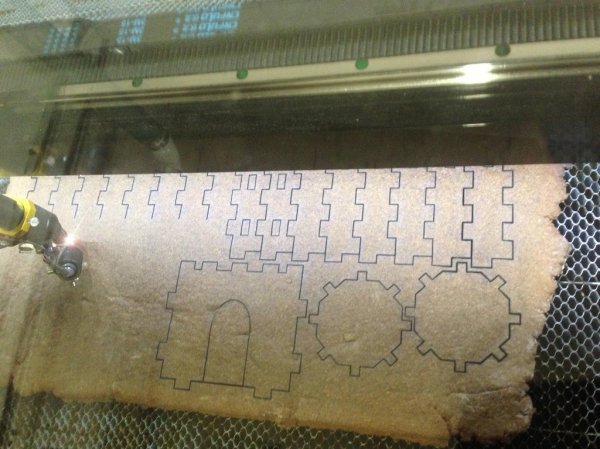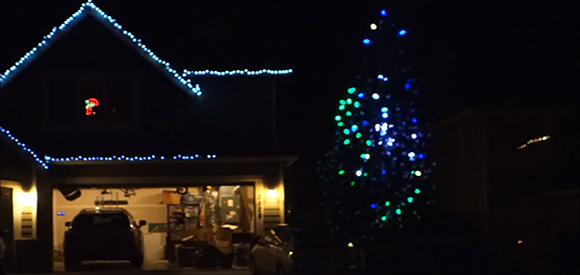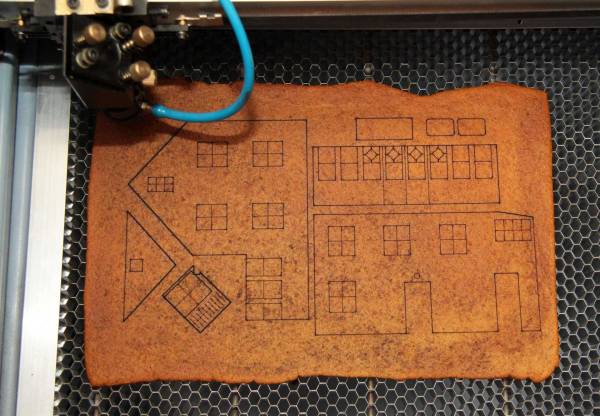
Here is yet another way to get into the holiday spirit at your local Hackerspace (or at home if you’re happen to have your own 3D printer). [Ralph Holleis] wrote in to show off his 3D printed Christmas cookies. The majority of the info on this project comes from the video embedded after the break. The extruder head he’s using includes a syringe which is filled with what we assume is Spritz Cookie dough. It is squeezed out in a pattern before heading to the oven for baking.
[Ralph] mentioned that he’s using UNFOLD Pastruder as the print head. We looked and couldn’t find that exact design, but it seems like it might be related to this Claystruder head designed by a user named [Unfold]. If you have the exact link to the extruder design seen above please let us know in the comments section.
If you don’t already have this type of head it’s just a matter of printing the mounting brackets and buying a syringe to match. But you’ll also need compressed air and a valve to regulate the flow of dough. It might be easier just to print your own cookie cutters. This is a great project for people who don’t have access to a laser cutter for gingerbread house work.
















